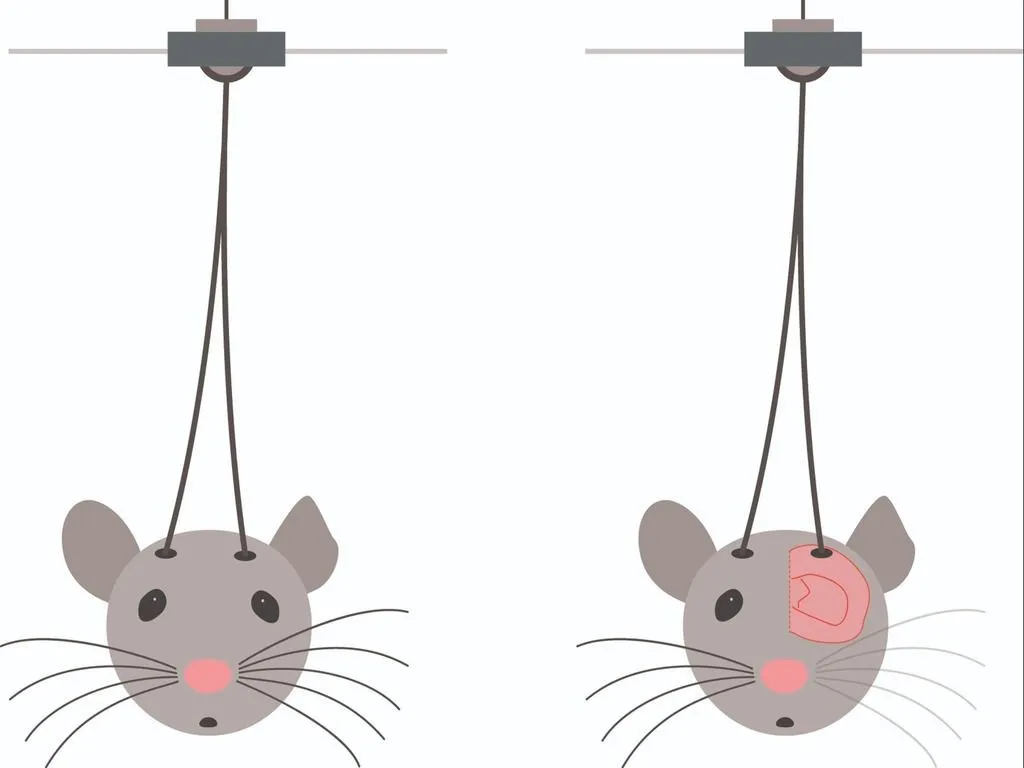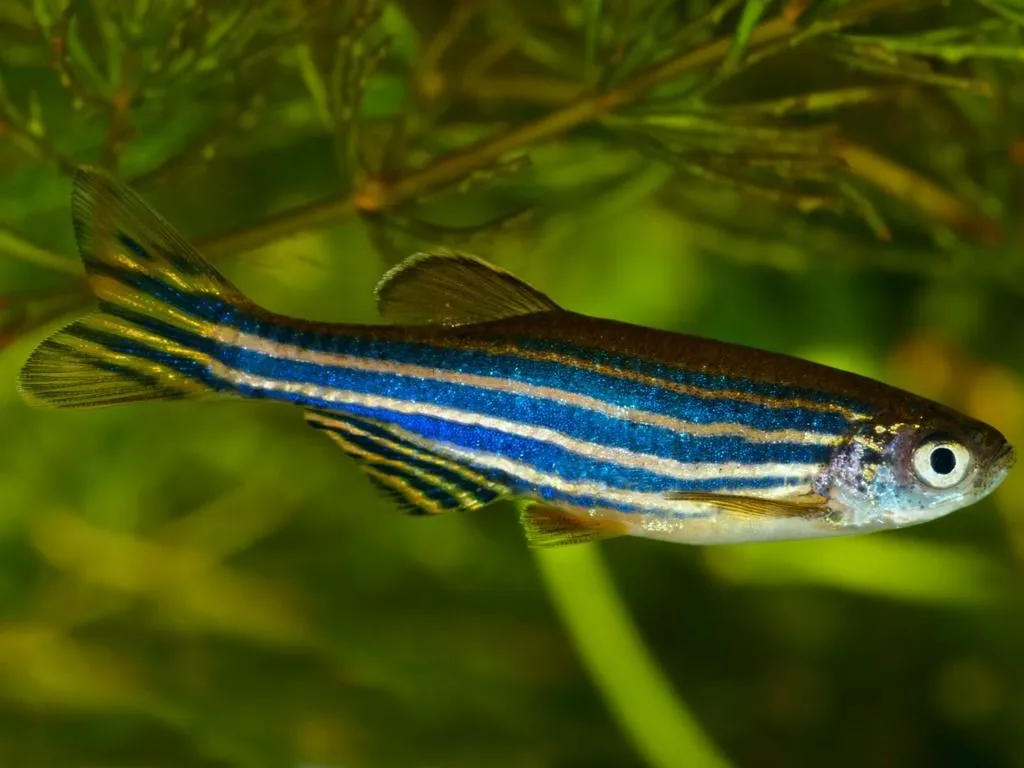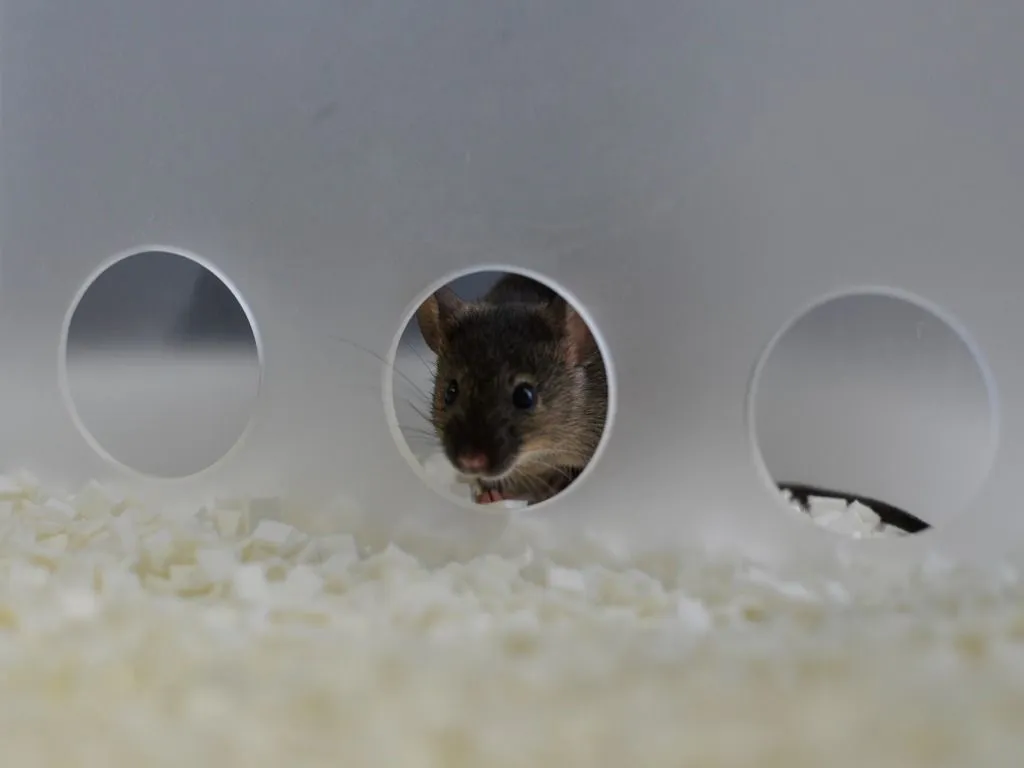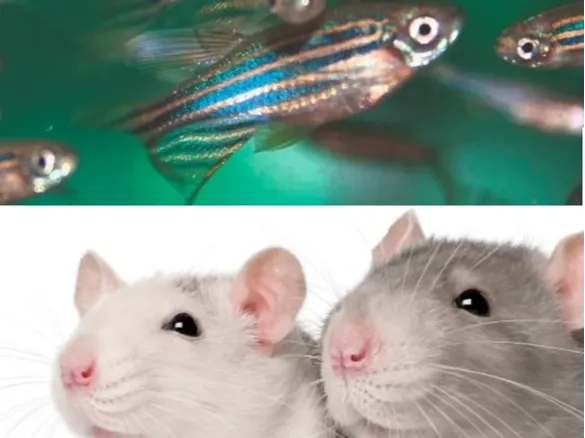Research applications for EthoVision XT
EthoVision XT is a thoroughly validated video tracker which can be used for rodents, fish, insects and other animals. It also serves as the engine for our hardware solutions such as DanioVision and the PhenoTyper; flexible observation cages to take your research even further.
Contact our sales teamApplications of EthoVision XT
EthoVision XT: Flexible tracking for all

EthoVision® XT is used in many research domains to
discover the mechanisms, therapies and solutions for neurological disorders such as Alzheimer's,
Parkinson's and Autism Spectrum disorders, but also in addiction research and many other fields that
can benefit from behavioral data.
EthoVision XT can track anything:
- Rodents
- Fish
- Insects
- Livestock
- Arthropods
Your essential research toolkit
Free e-book
Want to know more about behavioral neuroscience? Check out our free downloadable e-book where we explain from A to Z why and how we measure certain behavior in rodents, what they translate to and how you can you put EthoVision XT to the most advantage in your research.
Download the e-book for freeFree buyer's guide
Want to know more about the perfect video tracking setup? Already have the basics down and looking for the best solution for your behavioral research? Our video tracking buyer’s guide lays out the groundwork for you and compares all the options out there on the market.
Download the Buyers guide for freeWhat are the benefits of EthoVision XT?
EthoVision XT is made for researchers, by researchers. It saves time and gets you the results you want (and need) with ease. Designed to be at the core of your lab, EthoVision XT offers integration of data and automation of behavioral experiments with any animal. Click the button below to learn about the benefits of EthoVision XT.
What does EthoVision cost?
EthoVision XT comes in three packages adapted to your needs and price point. This means that there is always an EthoVision that works for you. From simple tests to large multi-system setups. Click the button below to find the ideal package for you.
How do I use EthoVision XT?
Start your experiment in EthoVision XT from scratch or save time by using one of the predefined templates. Starting an experiment from scratch is also easy. Answer a couple of questions and EthoVision XT adjusts all the settings for you. Click the button below to learn how to set up your system.
All I need to know about EthoVision XT
EthoVision XT has been cited in tens of thousands of publications, in a great variety of studies, from cognition, learning and memory to emotional and social behavior, stress, anxiety, fear and many more. Click on the button below for more in-depth information on how EthoVision XT.
Ready to take the next step?
We’re passionate about helping you achieve your research goals. Let’s discuss your project and find the tools that fit.
Contact us




